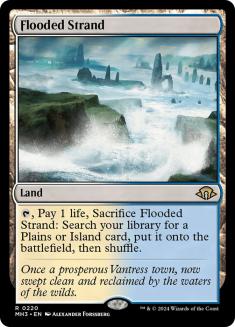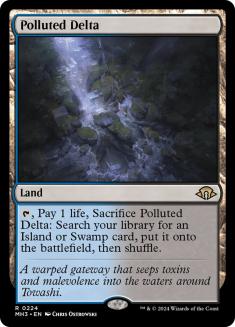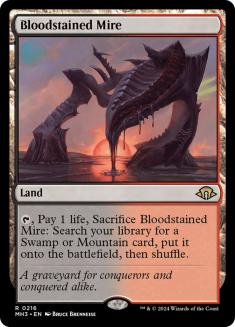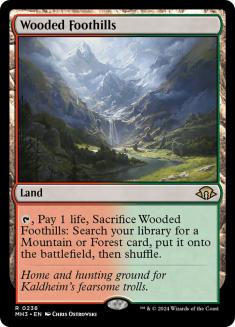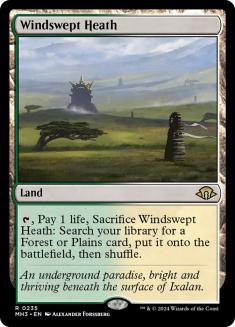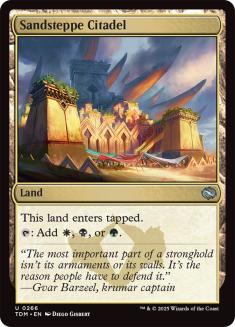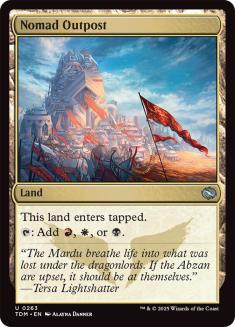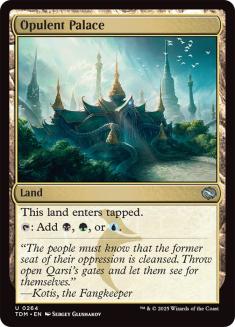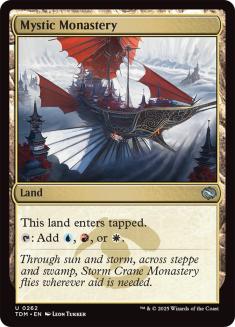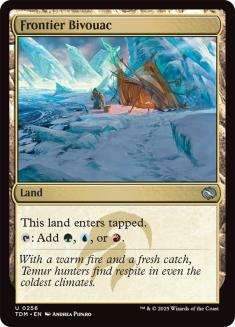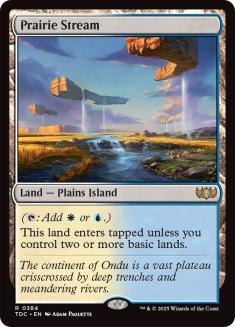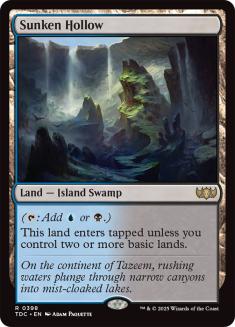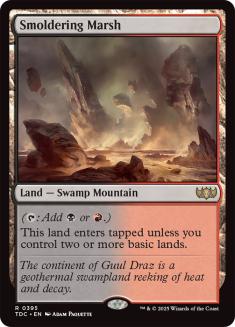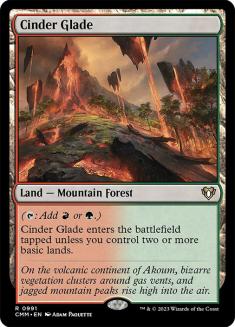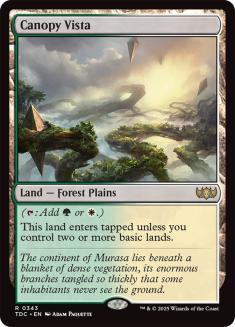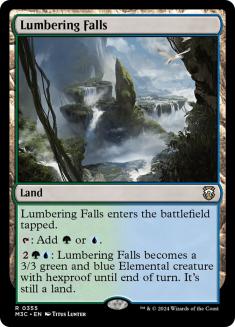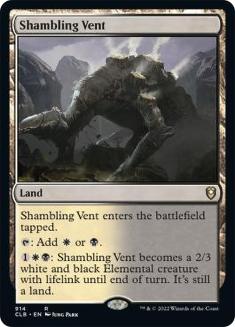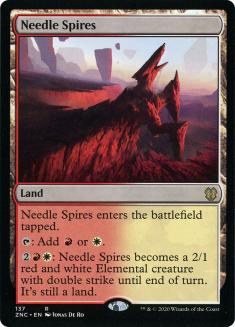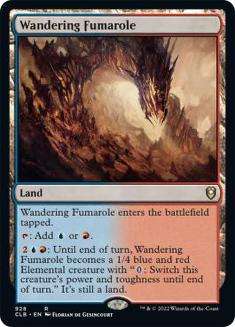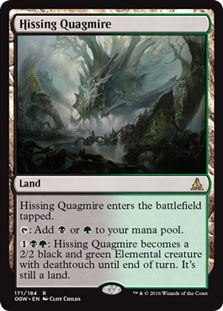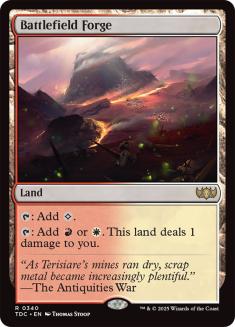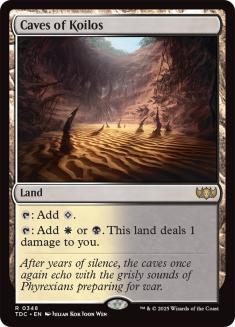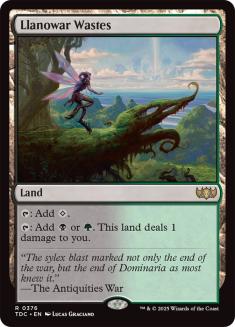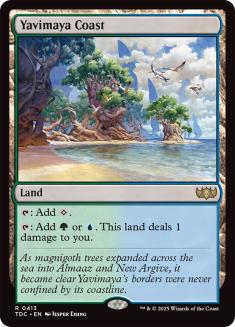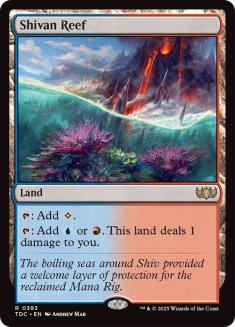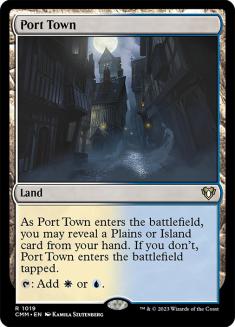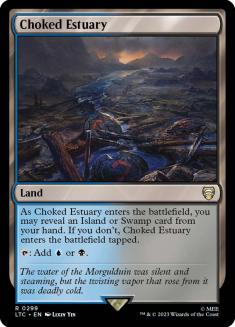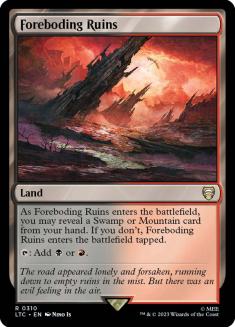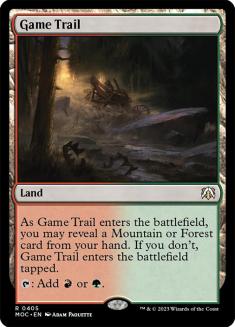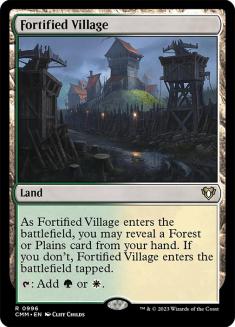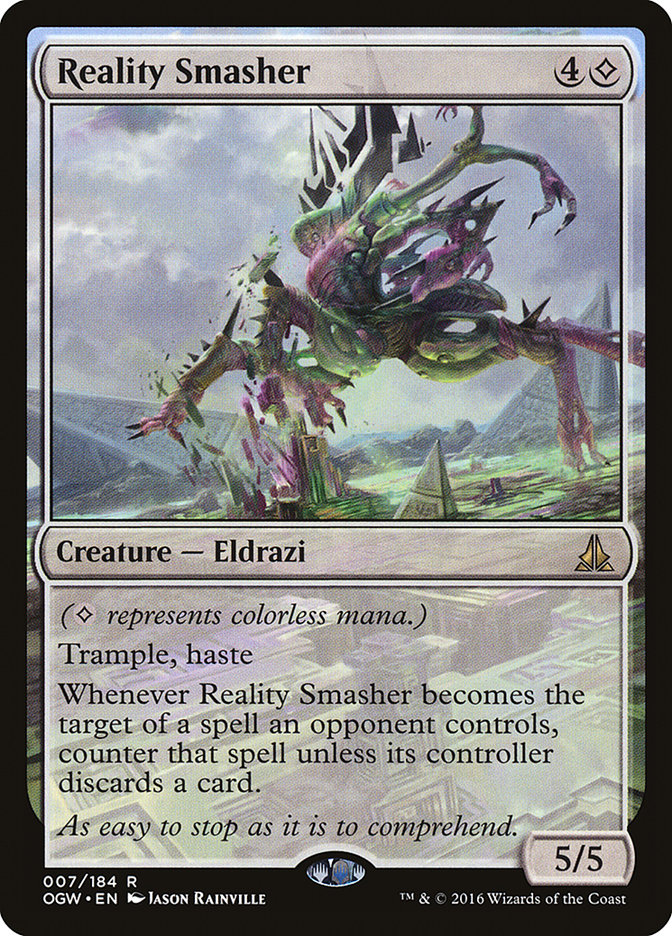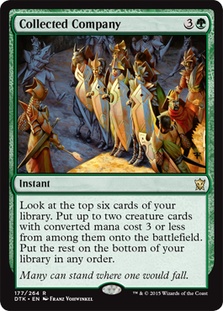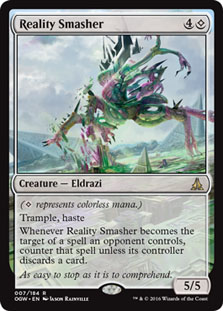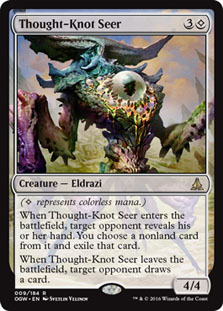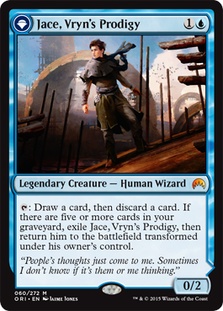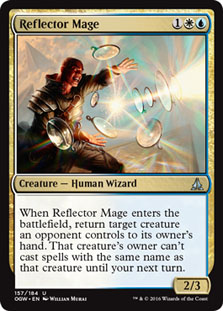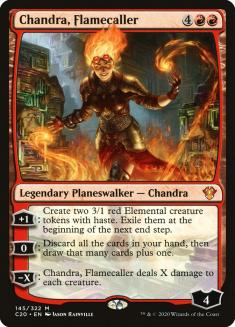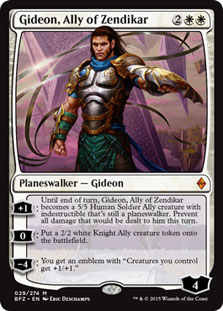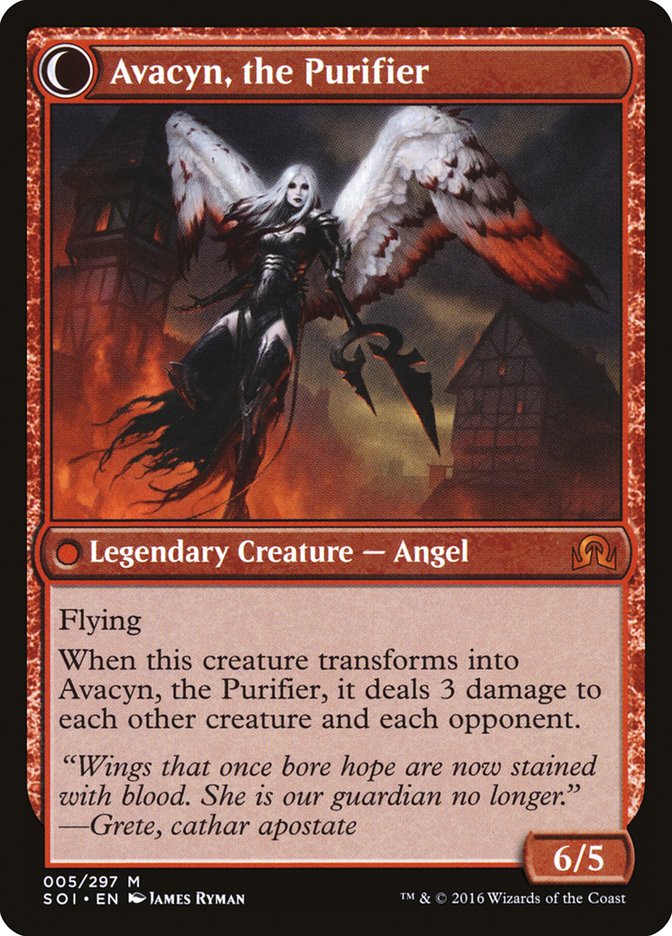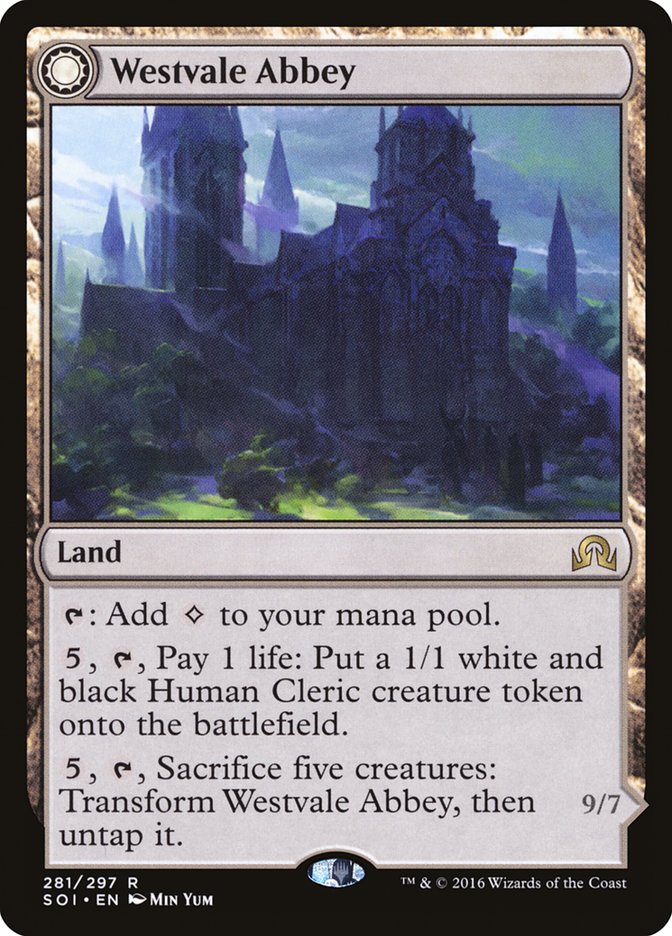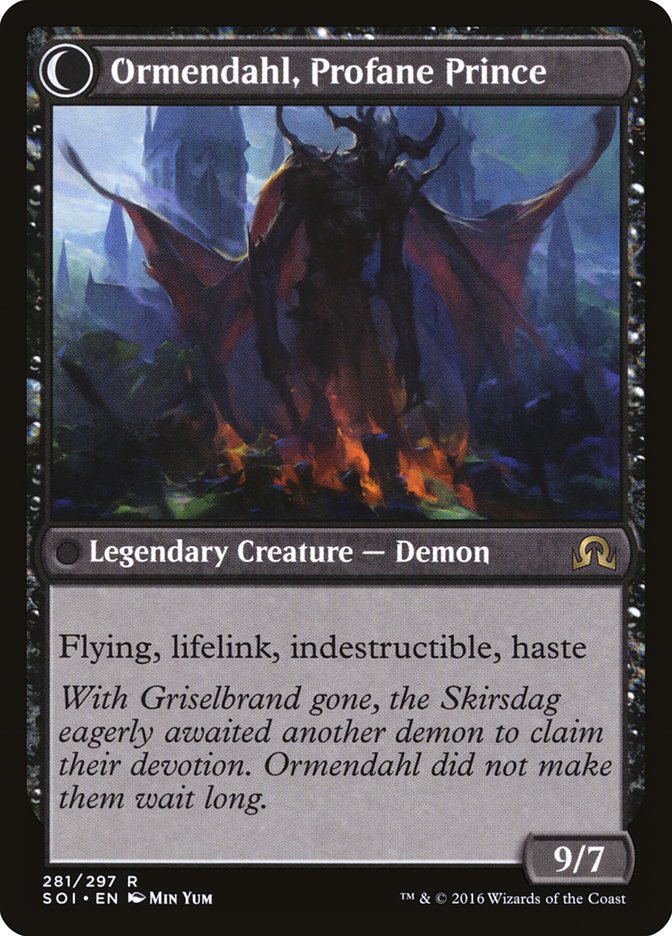A new Standard format is upon us yet again! This time, however, things will be a little different. In a couple of weeks, we will get to experience our first ever biannual rotation! I’m looking forward to how this rotation will change the landscape of Standard in contrast to the annual rotation we are used to. In the annual rotations, the power level of the format took quite the dip. We would pick up one large set, and at the same time, we would lose four sets. Last autumn, for example, we gained Battle for Zendikar and dropped Theros, Born of the Gods, and Journey into Nyx, as well as the core set, Magic 2015.
Now things will be a little different. Instead of losing an entire four sets, we will drop only two. We get access to Shadows over Innistrad and will say goodbye to Khans of Tarkir and Fate Reforged. Khans in particular was a set that was loaded with Standard staples, so things will definitely be shaken up. Let’s take a look at what the structure of the new format will look like based on these changes.
The Mana
What we lose:
By far the most important loss in two weeks will be the fetchlands. Combined with the Battle lands, these lands allowed us to get any of four different colors, allowing four- and five-color manabases to be more stable than they had been since the days of Reflecting Pool and Vivid lands. Now that we will no longer have the ability to get any color we want, expect to see mostly two- and three-color decks in the new Standard format.
We will also be losing the wedge trilands in the new format. Although these lands haven’t really made their presence felt recently in Standard, not having access to these lands will make it harder still to craft greedy manabases.
What we still have:
The Battle lands will be worse now that we no longer can fetch them or the basics that would turn them on. They will still be playable and they have reasonable synergy with the new Shadow lands, but they won’t be nearly as important to our manabases as they have been in the past six months.
Creature-lands are great! They give you something to do with your mana after both players have expended all the resources in their hands, giving you a huge edge in long stalemated games. Because of how powerful the fetchland-Battle land manabases were, it was often not correct to run many of these lands in the past. Now that the fetchlands are gone, I could see a pretty big increase in the number of creature-lands being used in Standard.
We may have lost the Khans trilands, but I think the painlands will do an excellent job imitating the triland function. I could definitely be wrong about this, but I think it’s very reasonable to guess that the painlands will be the most powerful set of nonbasics in the new format. Having access to three different “colors”* of mana entering the battlefield untapped is huge, and the only way I can realistically see a four-color deck existing in the new format. The only question is how potent the few colorless cards will be in the new format.
* Yes, I get it. No one wants to call colorless a color. Too bad, I’m going to do it anyway. For deckbuilding purposes, colorless cards like Thought-Knot Seer and Warping Wail very much are their own color, and need to be compensated for as such when constructing your manabase. Are they technically a sixth color? No. Do they play out as though they are one? Sure do. #MakeGrayHappen
Another important function these lands provide is access to eight untapped two-color lands for two-color gray decks. The gray cards for the most part are pretty aggressive in nature, so the drawback of taking damage off one of the colors is pretty minimal.
What We Gain
The new Shadow lands are really cool! I really enjoy how they synergize with the Battle lands in a way that isn’t too powerful like the fetchlands were. You can play your Game Trail untapped, revealing either a Smoldering Marsh, a Cinder Glade, or a Canopy Vista as well as a basic Mountain or Forest.
The interesting thing about these lands is that, while they are good with the Battle lands, the Battle lands aren’t so great with them. You have to play the Shadow land first so you can reveal your Battle land, but since the Shadow lands aren’t basics, they won’t do anything to return the favor to your Battle lands in getting them onto the battlefield untapped. For this reason, I would expect manabases to have a good deal more Shadow lands in them than Battle lands in the future.
To recap:
· The mana is worse in Standard now than it has been as of late, but by no means is it bad.
· Don’t expect decks with four-color manabases anymore.
· Three-color manabases are doable but we will have to see if they are smooth enough to run with the two-color manabases.
· Two-color decks are probably where it’s at for the most part going forward.
· I seriously can’t be the only one who thinks not acknowledging colorless mana as a functional color in our lexicon doesn’t make any sense. Someone please explain to me why I’m wrong in the comments, because all I’ve heard so far is “no, that’s bad” without any real reason other than “because it’s not a color.”
The Pillars
Next I would like to go over the expected metagame for the new format. With two sets leaving and one coming in, it will be hard to pinpoint exactly what strategies people will be bringing to the table. My process to figure out what people will play is twofold. First, I like to look at the decks that remain intact for the most part through rotation. Second, I like to look at what I expect the pillars of the format to be. I don’t think anyone knows what the best Jace, Vyrn’s Prodigy deck will be, but we can all agree that not being prepared for the card Jace, Vryn’s Prodigy is probably not a great idea.
Bant Company
I would be surprised if there weren’t a significant number of Bant Company decks being played at #SCGBALT in a couple of weeks. Collected Company is still amazing, and the deck gets to keep every important creature in the deck as well as Dromoka’s Command, its premier removal spell.
The two biggest losses the deck takes are going to be Windswept Heath and Flooded Strand. How much not having access to the fetchland-Battle land manabase matters is yet to be seen; however, I would be surprised if the tools the archetype currently has access to aren’t enough to make the mana work. Expect to see this deck in spades in the early stages of the format. It’s tuned, it’s proactive, and it’s very powerful.
Eldrazi Decks
As I said earlier, I think the painlands are really going to shine in this format. The best shell to put our Reality Smashers and Thought-Knot Seers into is anyone’s guess, but I am a pretty huge fan of the Mono-Red Eldrazi deck that has shown up recently, and that’s where I’m starting in my testing. The blue and black Eldrazi cards are also pretty strong, so I could definitely see the deck going in that direction as well. Whatever the case, you should have a plan for dealing with Thought-Knot Seer and Reality Smasher, since those two are almost always going to be a big part of whatever Eldrazi deck you come up against.
G/R Ramp
Last week, I said that I didn’t think the new tools Ramp was getting would be enough to make it a legitimate contender. While my hunch is still the same, since the deck relies so heavily on Explosive Vegetation, I will say that I underestimated Traverse the Ulvenwald, specifically its interaction with Ruin in Their Wake. Rampant Growth is no joke, and if the new ramp decks can consistently make Ruin in Their Wake a Rampant Growth, then I can definitely see the ramp deck having what it takes to be a real player in the new Standard format.
What I am certain about, however, is that, whether the deck is good or not, people will be trying it out. For at least the time being, having a good plan against chaining World Breakers will be a good idea. Even if the deck isn’t very consistent, it is definitely worth it to find out before a large event.
All-Stars
These are the cards that people will be building their decks around. Without them, the archetypes that feature them would have to make drastic changes to exist.
Some of the pillars of the new Standard format are already established. We already know they are great from being able to play with them for the past year.
A lot of these cards already have established homes, as seen above. Some of these cards are obviously very good, but we don’t know exactly what shells will be built around them yet. What we can be sure of is that they will almost certainly show up in some context in the upcoming format. While we might not be able to prepare for the decks they will be played in Week 1, we can figure out each card’s individual strengths and weaknesses and how to attack the cards specifically.
The new pillars for the most part are going to be trickier to figure out. Shadows over Innistrad feels like a synergy-based set. There are a lot of keywords that require other cards to work, like madness requiring a discard outlet or delirium requiring several different types of cards in the graveyard. What that means is we won’t exactly be sure how good something like Traverse the Ulvenwald or Avacyn’s Judgment will be. What we can do is take a look at what the few obviously powerful cards in the format will be.
To the surprise of exactly no one, the first card on my list is the best Serra Angel ever printed. This card reminds me a lot of Restoration Angel. It comes down at instant speed, allowing you to hold up mana for reactive cards like Ojutai’s Command. It protects a creature when it enters the battlefield. It gives you a very quick clock that you can protect with the reactive instants you are already incentivized to play from her having flash.
What Archangel Avacyn does that Restoration Angel couldn’t do is what really makes her scary. Avacyn comes with the extra ability of vigilance, allowing her to both play offense and defense at the same time.
Oh yeah, and she flips into a zero-mana Radiant Flames effect while turning up the heat on her power and toughness. That’s kind of good, too, I guess.
Avacyn reminds me a lot of Gideon, Ally of Zendikar from last fall in that she is by far and away the most obviously good card in the set. Does that mean she’s the best card in Shadows over Innistrad? Only time will tell. But what I can tell you is that you will have to have a way to deal with this Angel in the upcoming months.
This might be my favorite card in the set, and as such I’ll admit that I’m a bit biased in describing it as a pillar of the upcoming Standard. In fact, if it weren’t for the fact that Abzan Charm and Crackling Doom have left us, I wouldn’t be giving it nearly the hype that I am. But those removal spells are gone now, and there isn’t really much in Standard that can stand up to Ormendahl, Profane Prince. A 9/7 with flying, lifelink, indestructible, and haste is comically powerful and will almost always win the game by itself in a format like Standard. There are several good ways to find the five creatures required to flip the Abbey, including Secure the Wastes, various Thopter generators, Eldrazi Scions, and token-generating planeswalkers. The land even taps for colorless mana, making its inclusion in Eldrazi decks completely effortless. On top of all this, the card even operates as a Vitu-Ghazi, the City Tree, giving you a reasonable mana sink when the battlefield is stalemated. This card is the real deal.
So now that we know what we are going to have to beat, what should we do with all this information?
Tune in next week to find out!


